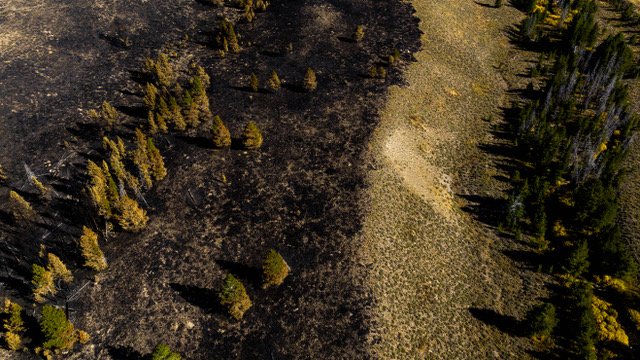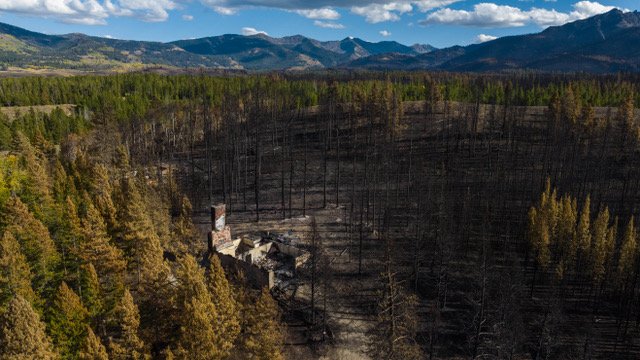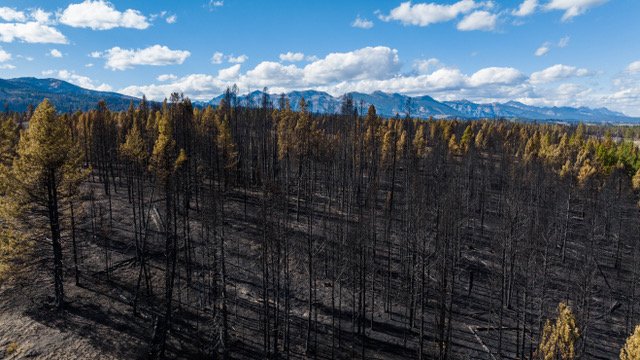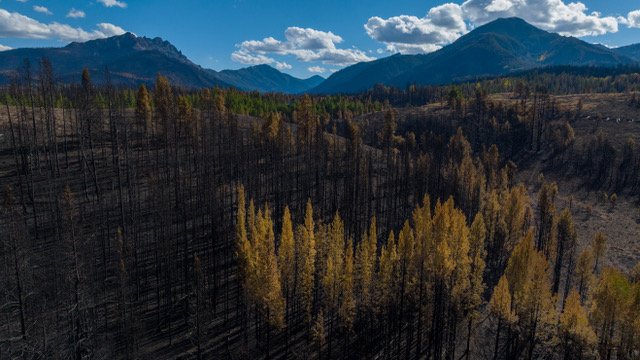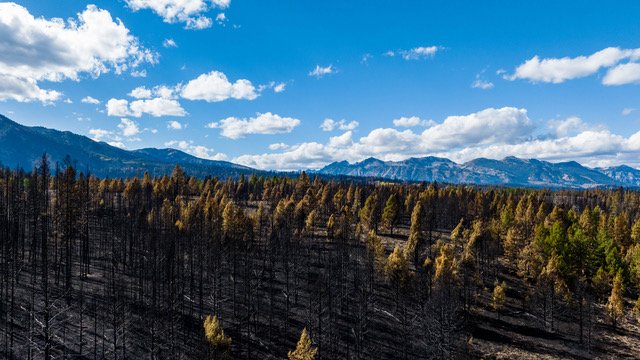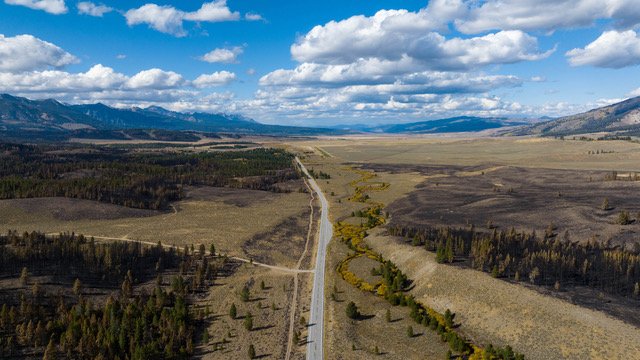Tips for Fire Insurance and Fire Preparedness
From structure fires to wildfires, this summer has seen devastating damage across the Wood River Valley, broader Blaine County area, and surrounding National Forest land. The Warm Springs Limelight fire displaced dozens of people from their homes, and the Ross Fork Fire has burned through nearly 40,000 acres of Sawtooth Forest wilderness.
If this season has you feeling uneasy or unprepared when it comes to a fire emergency, keep reading for our guide on all things insurance, readiness, and prevention.
How can I protect my property from a fire?
As a renter or homeowner, the best way to protect your investment and your personal property is to have an up-to-date full replacement cost policy, or a renter’s insurance policy that covers fire damage. Being fire savvy also means assessing your property for fire risk, as well as taking steps to keep your home and surrounding area clean and safe.
What is a full replacement cost policy?
A full replacement cost policy is an insurance policy that will cover the cost to repair or rebuild your home, no matter the value of your home or property at the time of loss.
What does a renter’s insurance policy cover?
A renter’s insurance policy typically covers your personal belongings in the event of a fire, as well as any water damage that may occur as a result of firefighting efforts. It’s important to keep in mind that most standard renter’s insurance policies have a coverage limit, so it’s a good idea to check with your insurance agent to see if you need additional coverage.
What is an ignition zone?
The ignition zone is the area within 30 feet of a structure where flammable materials like leaves, pine needles, and dead grass can easily catch fire and quickly spread to your home. Creating defensible space by clearing these materials away is one of the most important things you can do to reduce your risk in the event of a fire.
It’s also important to keep in mind that different trees and shrubs can be more flammable than others. For example, pine needles and dead grass can easily ignite and spread fire to your home. It’s important to clear away these materials from your home and surrounding area to create defensible space and reduce your risk of a fire emergency.
How to make your home safer from embers and radiant heat
There are a few steps you can take to make your home and property safer from embers and radiant heat.
Take time to regularly clean debris, like pine needles and dead leaves, from your roof and gutters.
Prevent ember penetration by replacing or repairing loose, broken, or missing shingles or roof tiles.
Repair or replace any damaged or loose windows or window screens.
Screen or box-in areas underneath your patios or deck areas where flammable debris or other combustible material could accumulate.
Move flammable materials like mulch, firewood piles, leaves, pine needles, and anything else that can burn away from your exterior walls.
Use 1/8-inch metal mesh screens in areas like attic vents to prevent embers from passing through.
Beyond regular maintenance and cleaning, you can also "harden" your home by adding gravel, pavers, concrete, and other non-combustible mulch materials, as well as making sure your property is landscaped in a way that limits the spread of fire (for example, keeping treetops at least 20 feet apart).
Supporting our community impacted by fire
We would like to thank all the firefighters who have played a role in protecting and serving our community this season.
In response to the local Limelight fire, we dedicated our most recent Wood River Community Fund (WRCF) award cycle to those impacted. Learn more about the WRCF, including how to nominate someone in the community, on our website.
Conclusion
Even though the worst of fire season may be behind us, it’s important to be prepared. Fall is the perfect time to make sure you have an up-to-date insurance policy that covers fire damage, take steps to reduce the risk around your home, and keep an emergency kit on hand. We hope you found this helpful and that you have a safe and fire-free fall season.
For more tips on preparing your policies and property for fire season, contact your local insurance agent or visit firewise.org.

